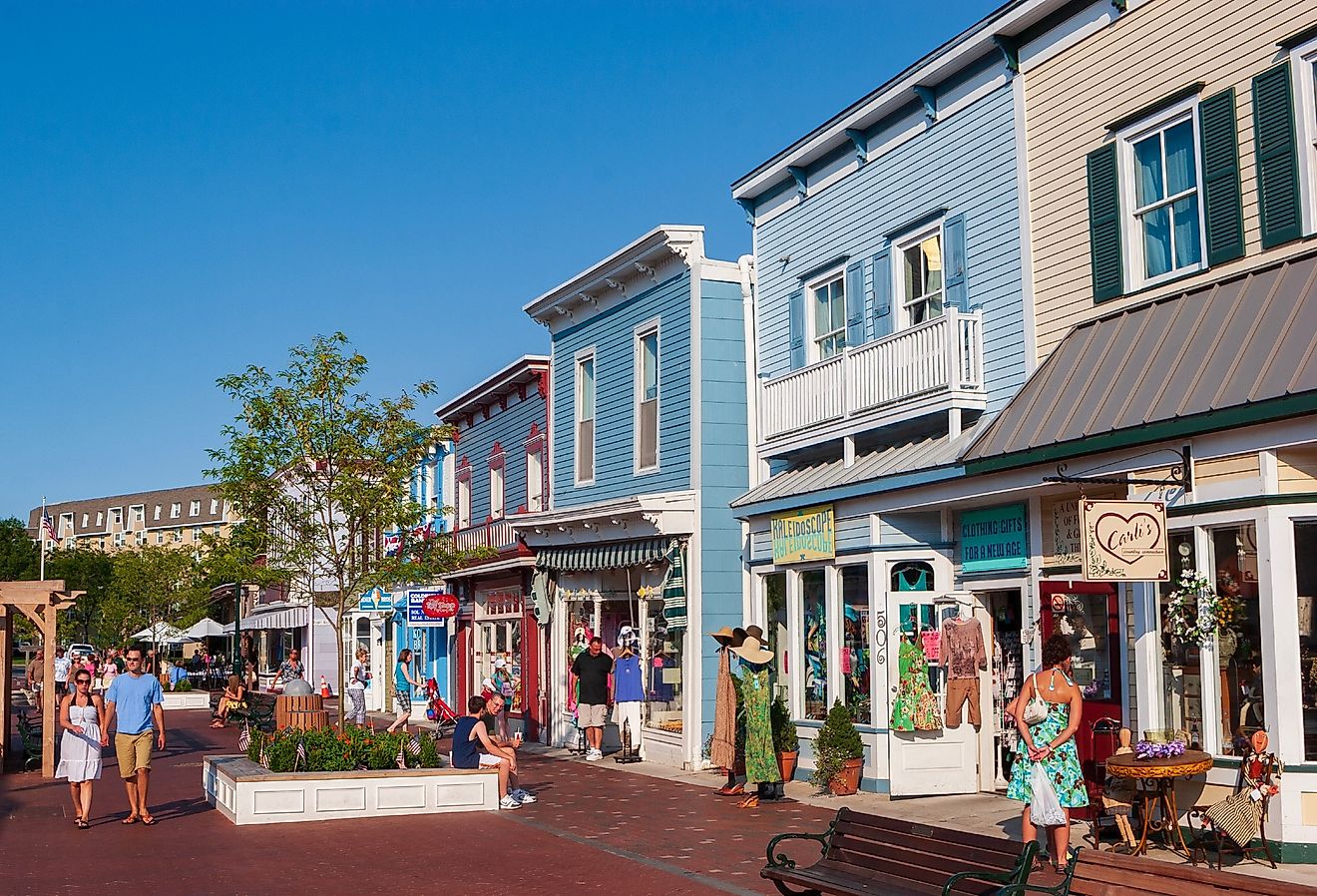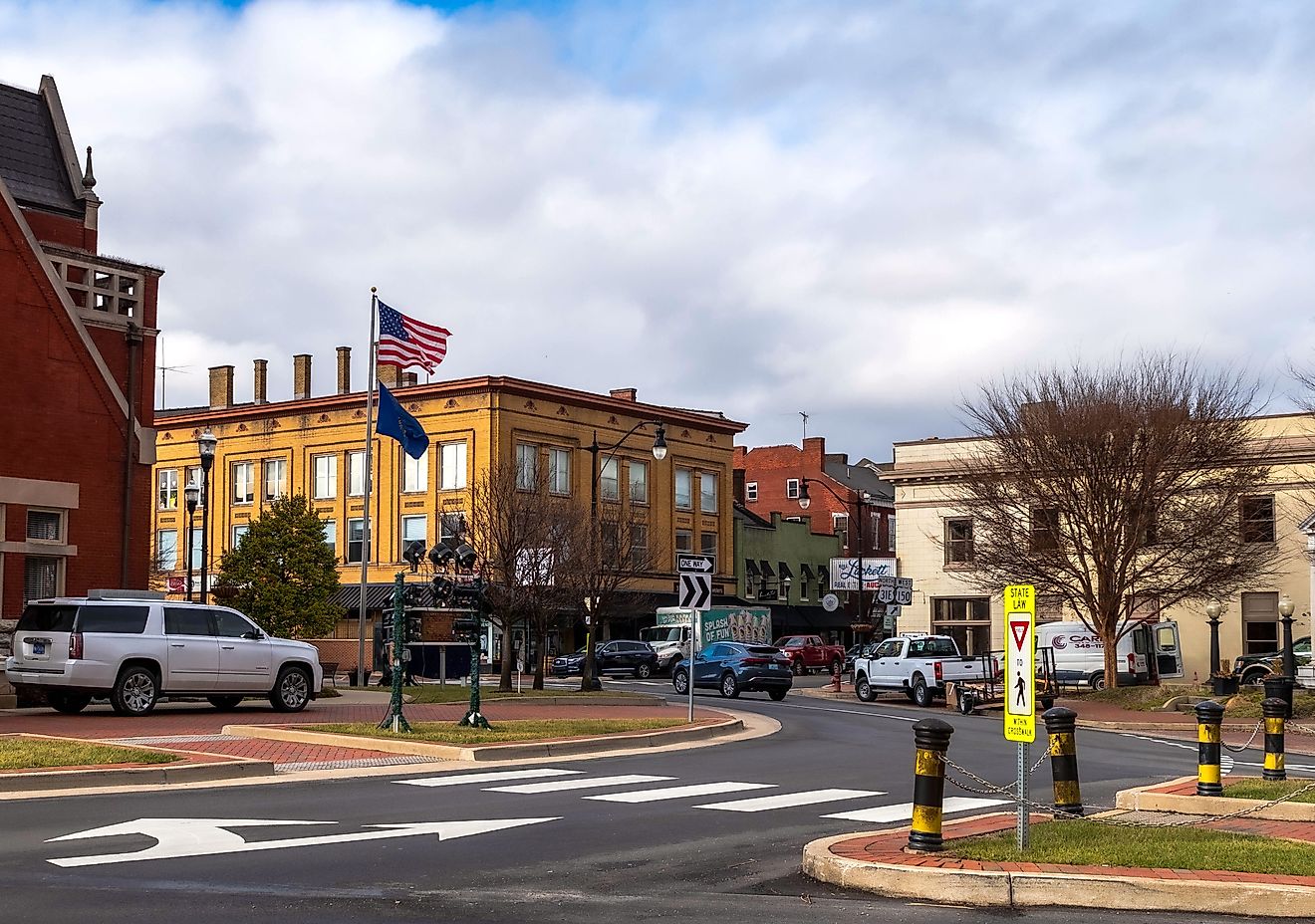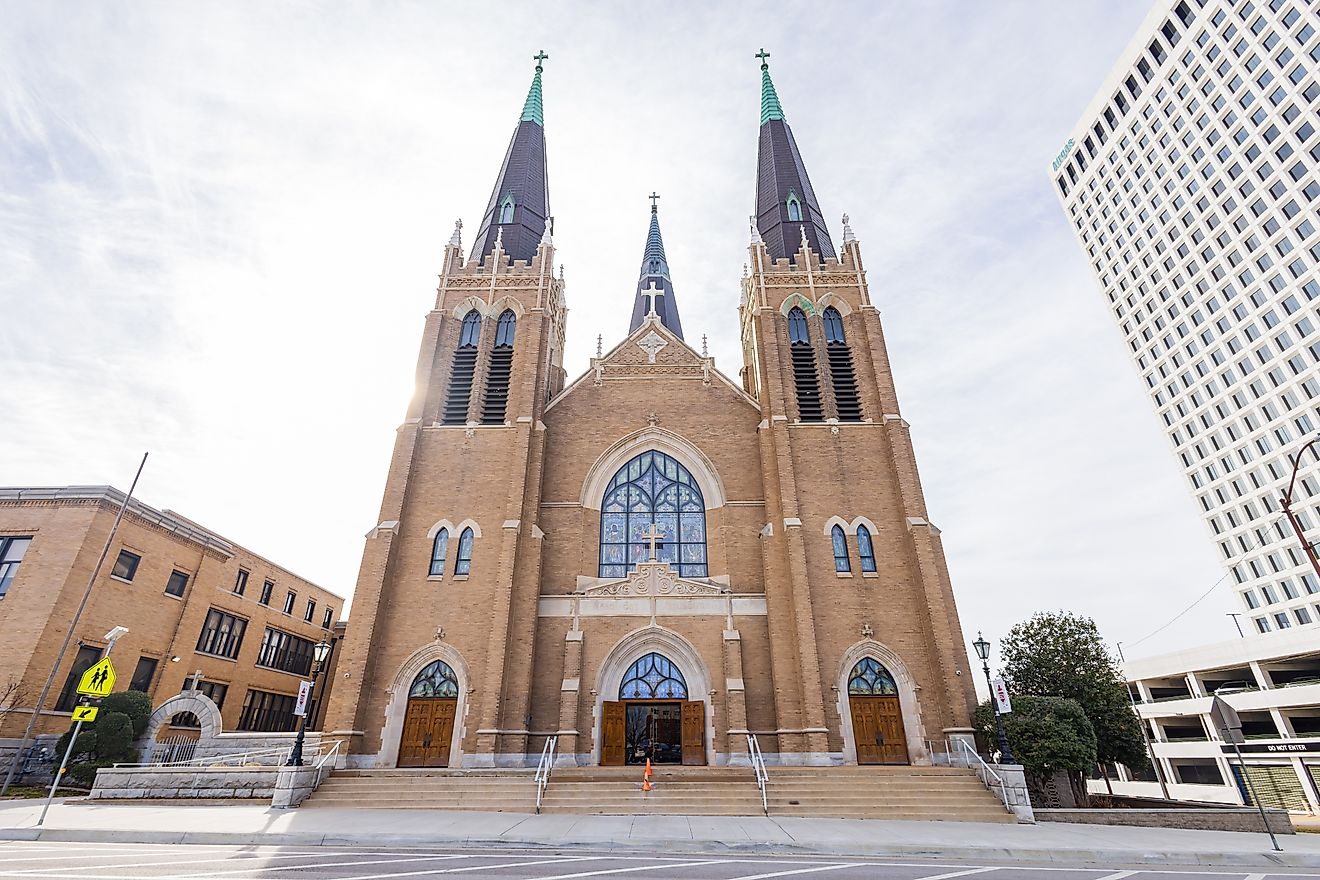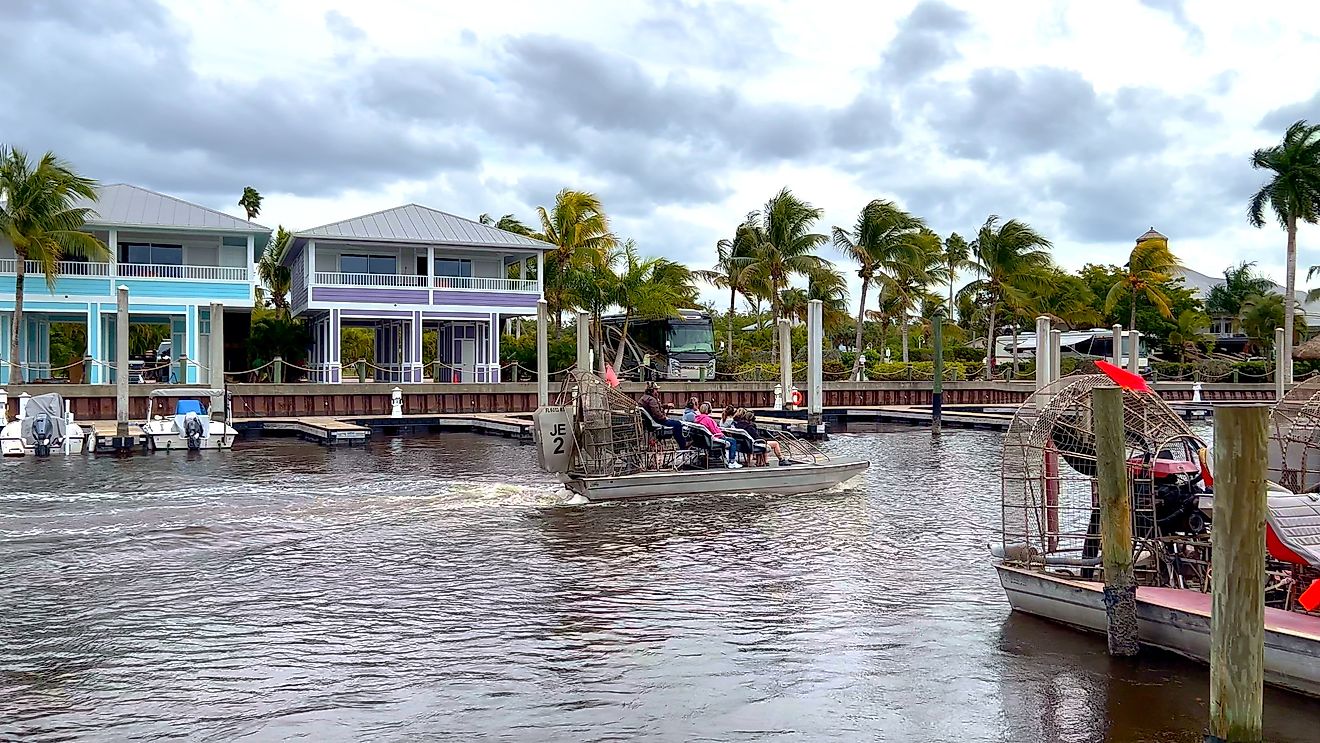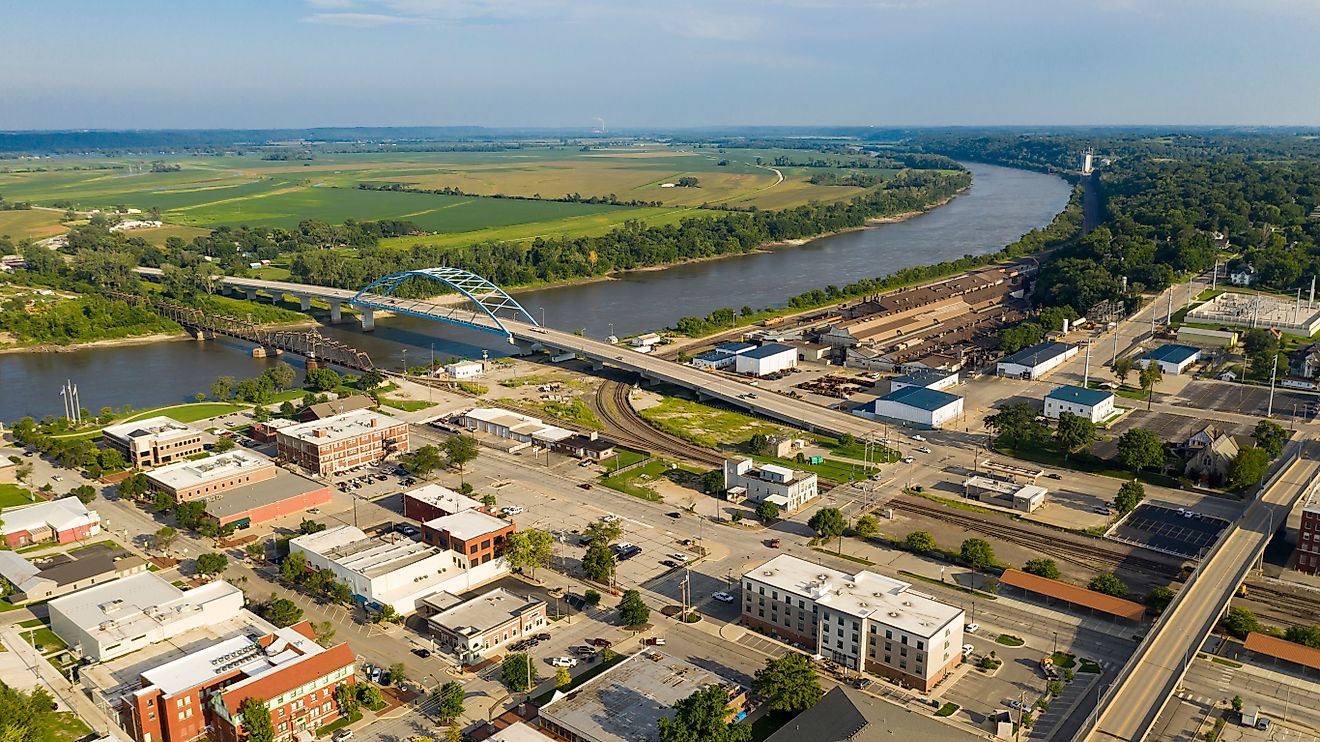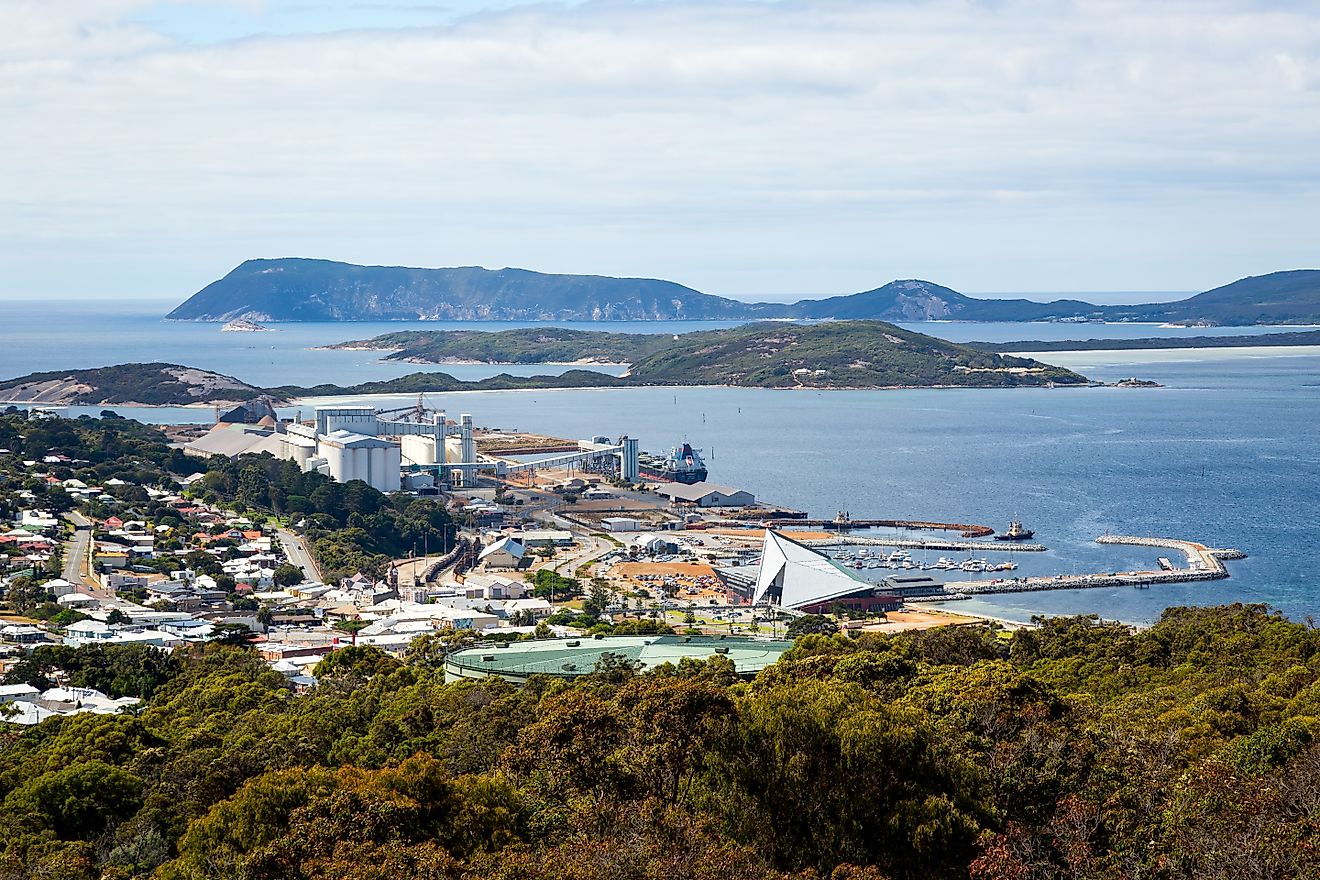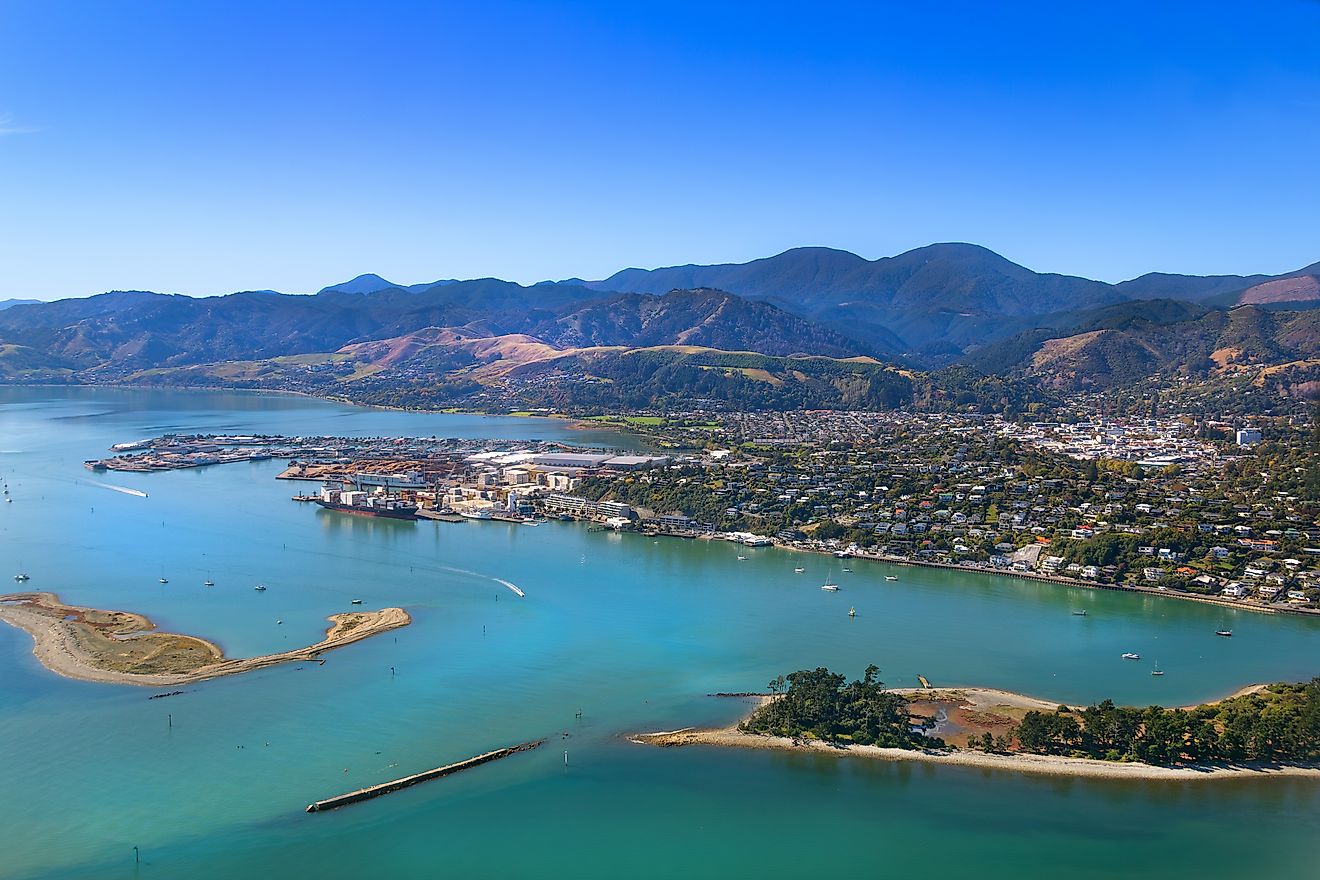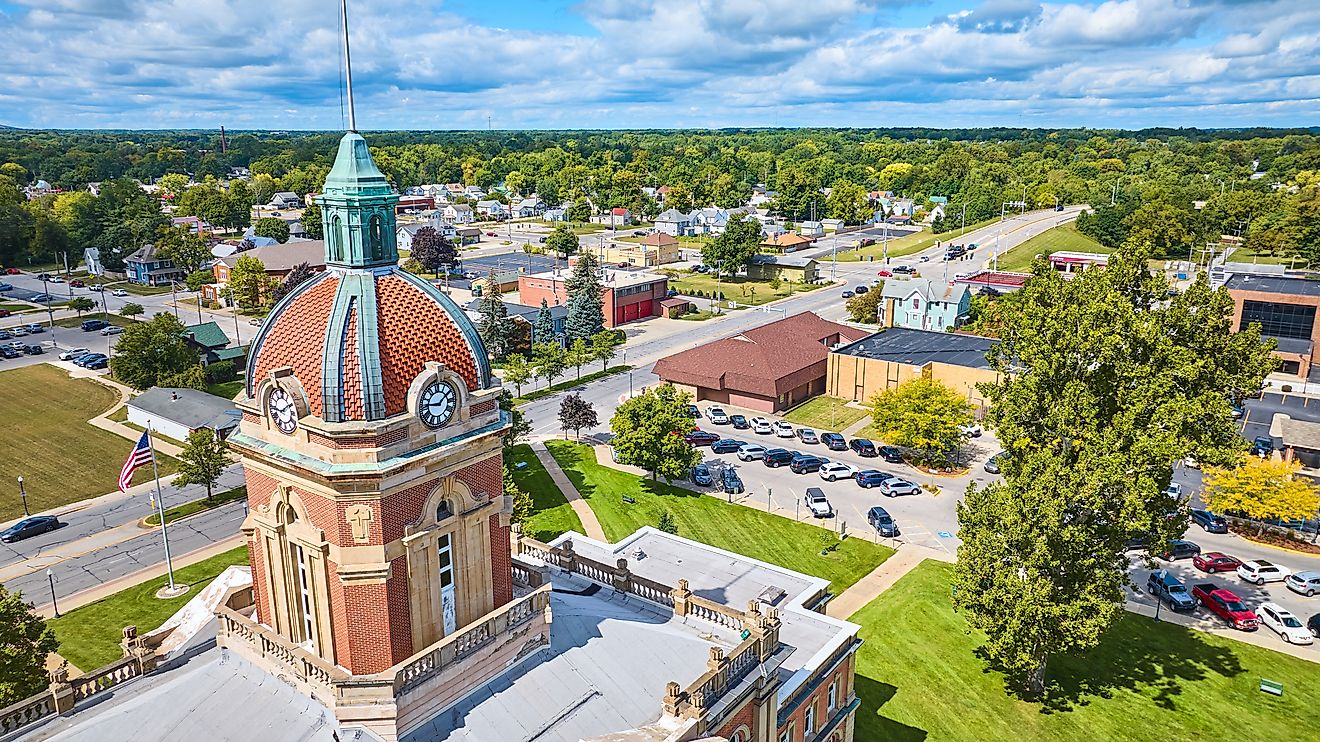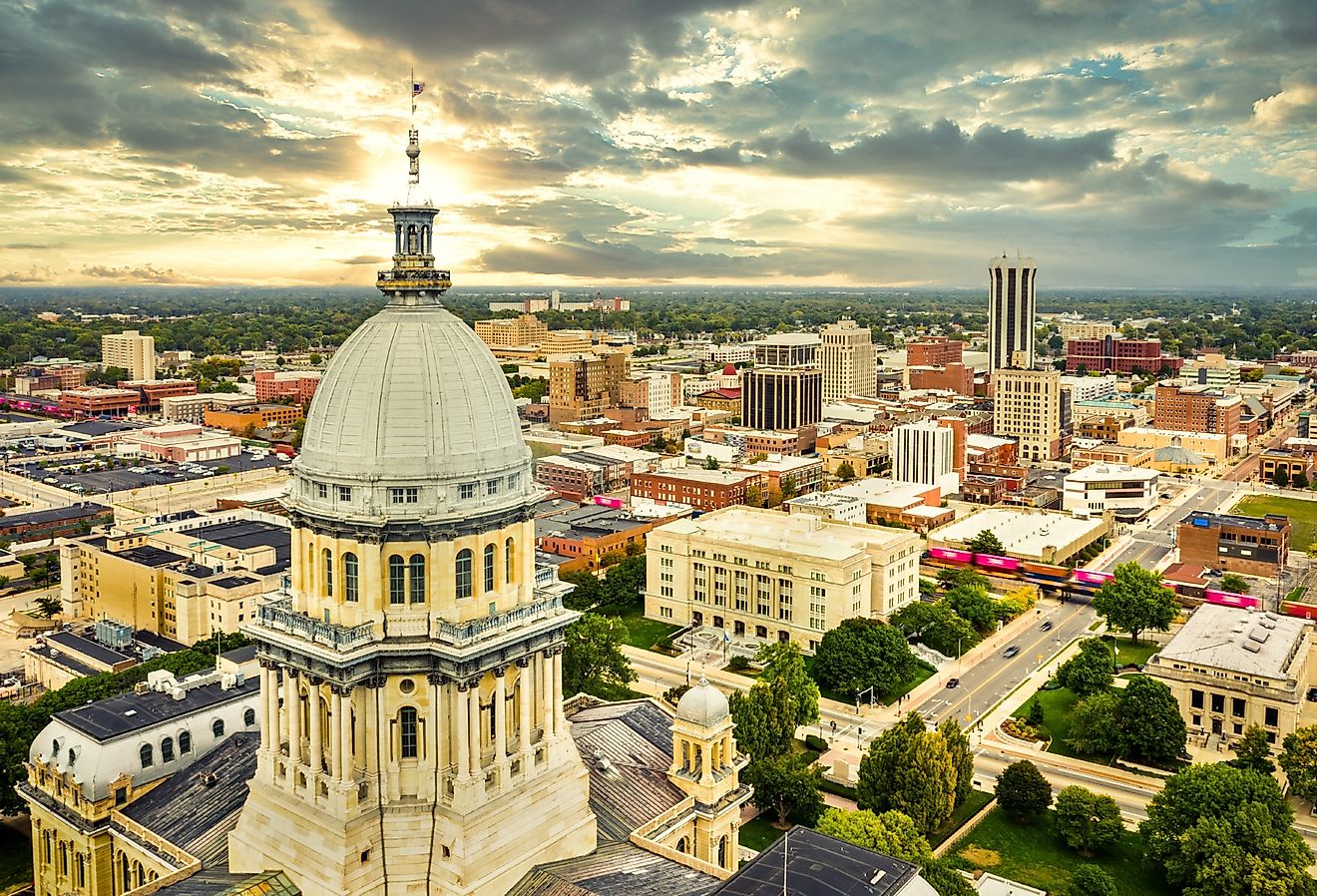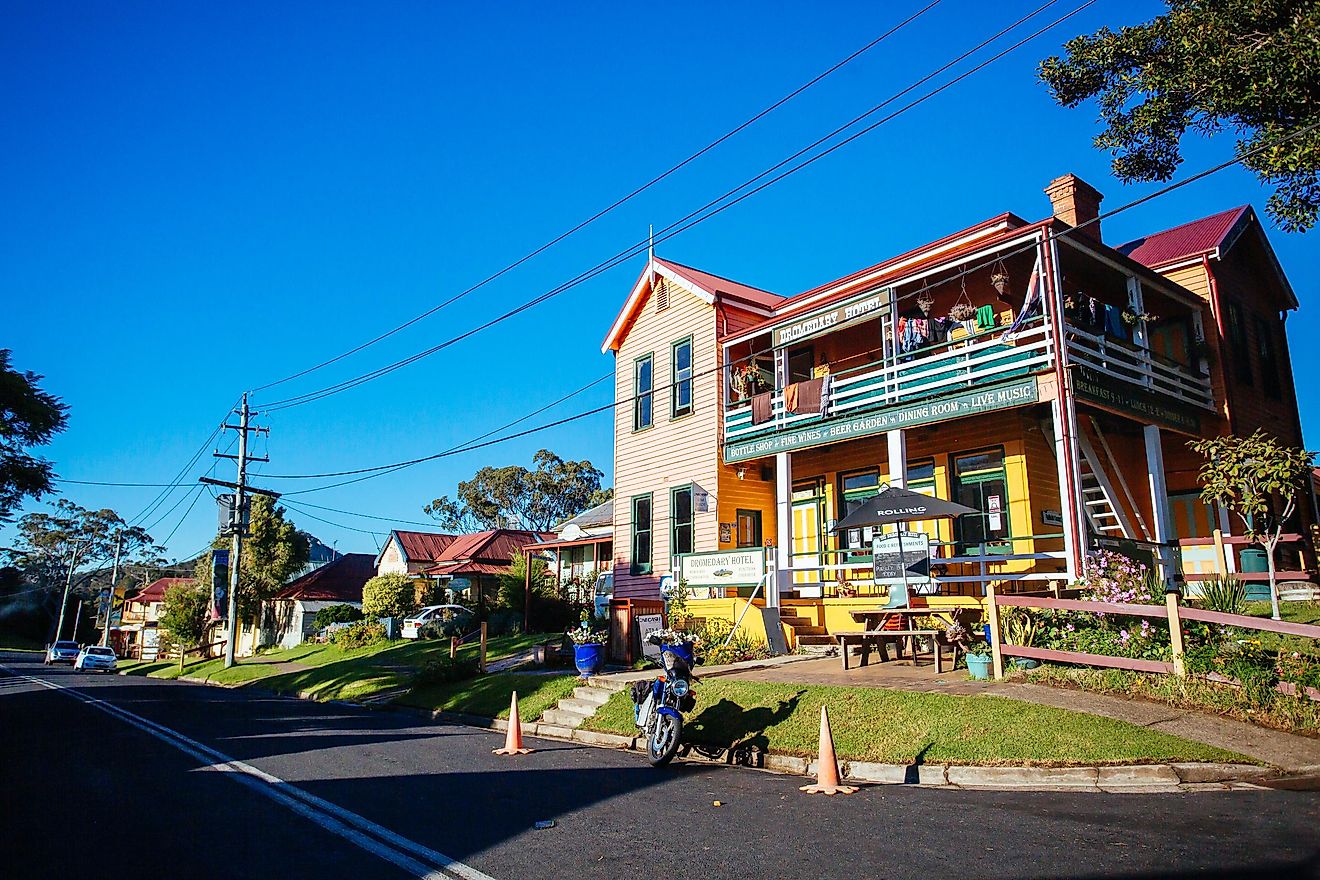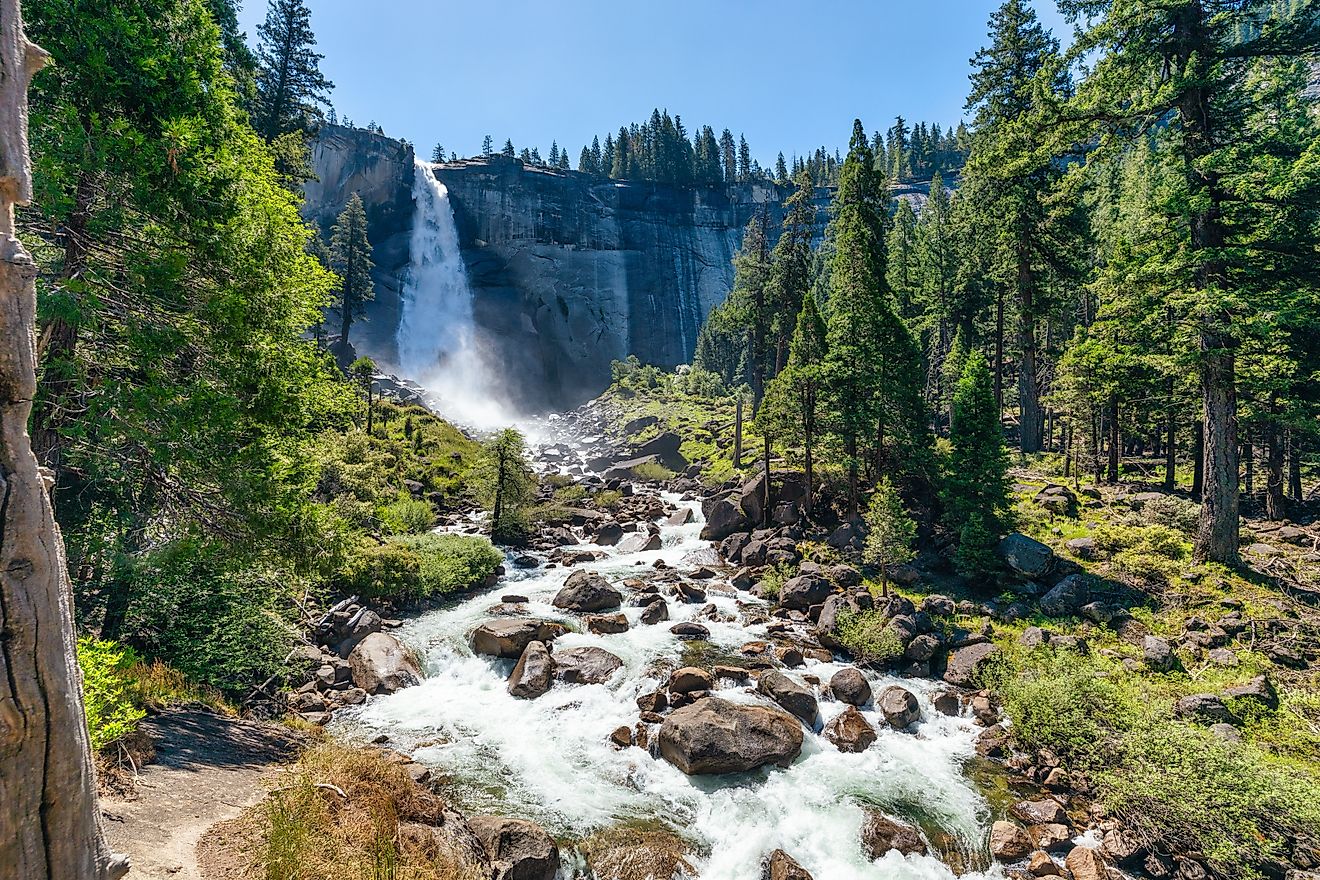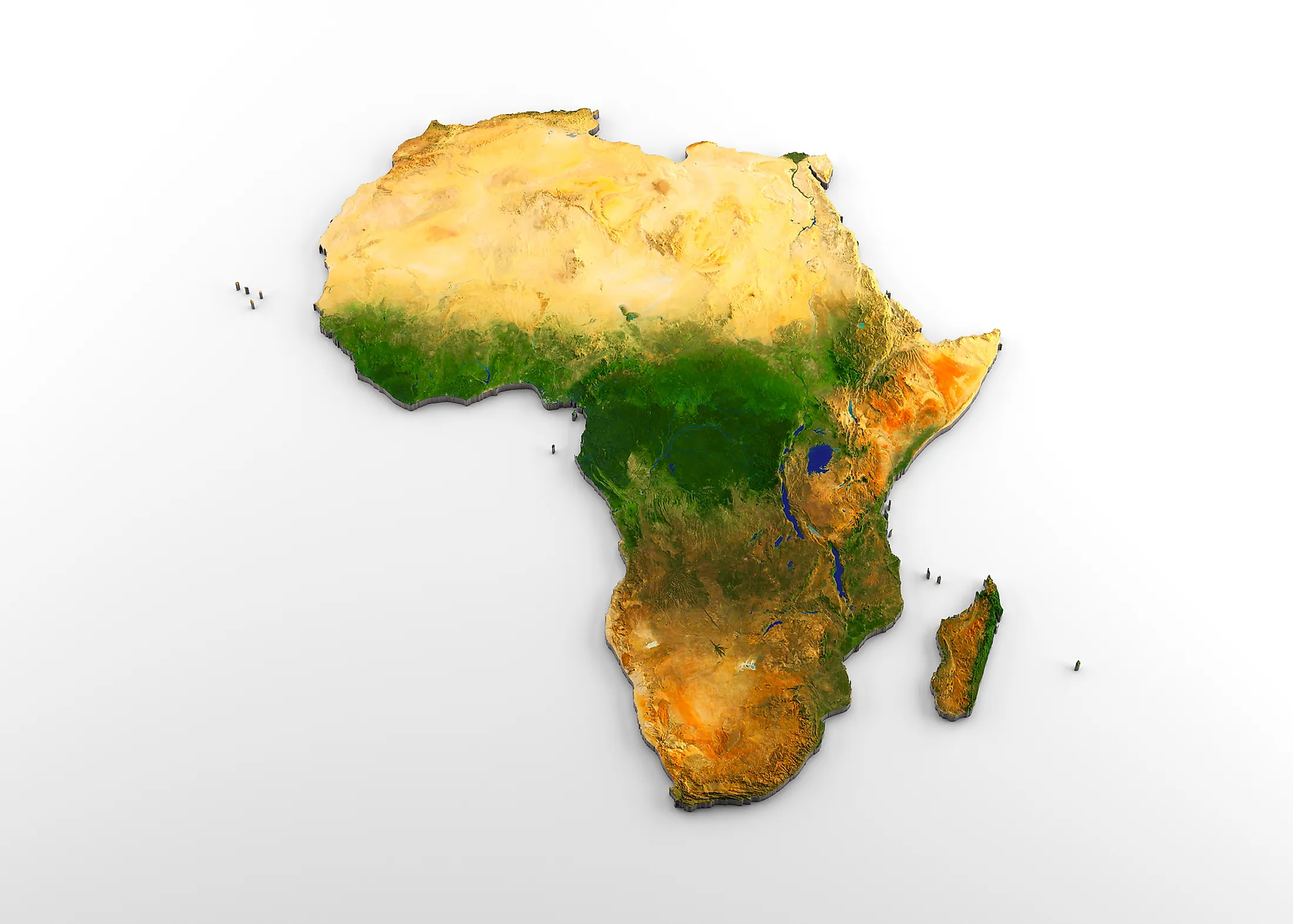
Sub-Saharan Africa
Sub-Saharan Africa is the part of the African continent south of the Sahara Desert. Thus, it consists of the overwhelming majority of Africa’s landmass. It also includes most of the countries and peoples of the continent. Sub-Saharan Africa has many geographic features, including the Sahel region, savannahs, arid lowland terrain, and tropical rainforests. It also includes the longest rivers and largest lakes on the continent. Sub-Saharan Africa is divided into 4 subregions, in accordance with the United Nations’ Geoscheme. Each of these subregions contains several countries with many distinct ethnic and linguistic groups.
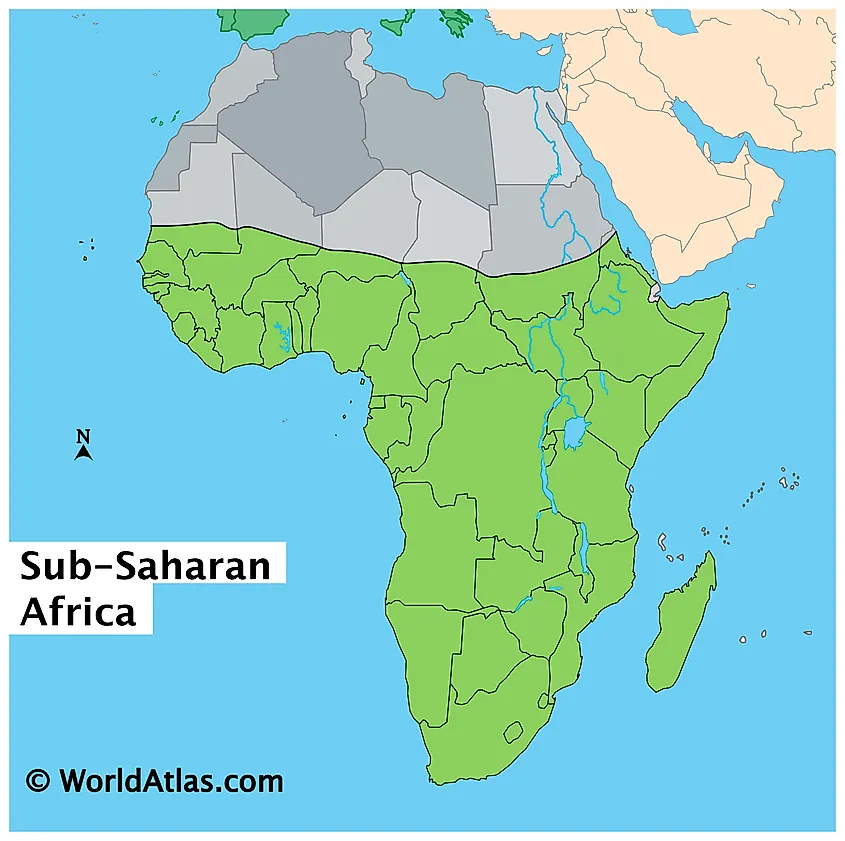
Geography Of Sub-Saharan Africa
Sub-Saharan Africa has four geographic regions: West Africa, Middle Africa, East Africa, and Southern Africa.
West Africa
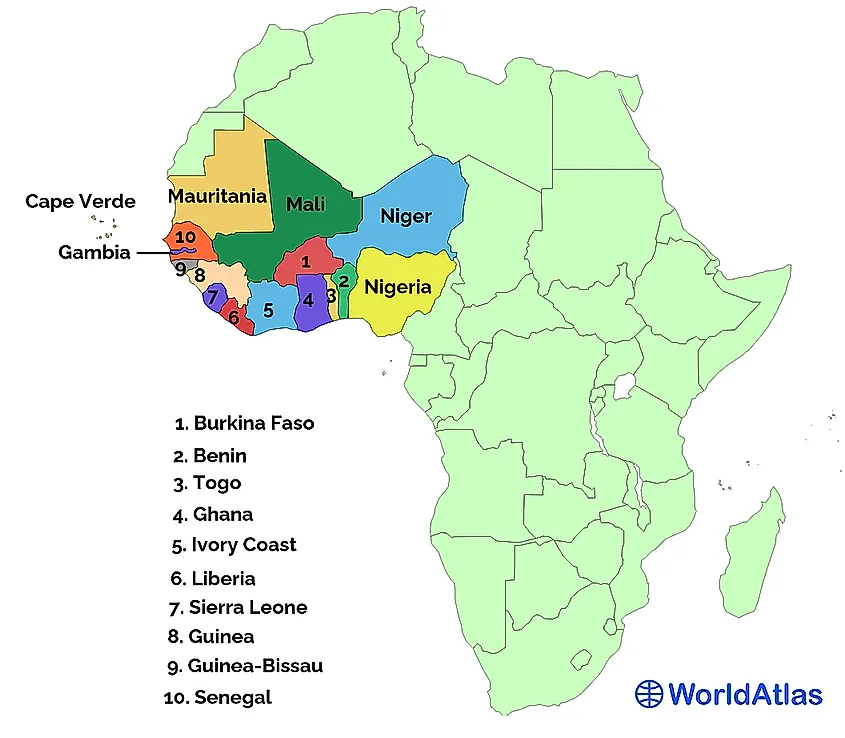
West Africa is comprised of 16 countries. The northern portion of the subregion includes the Sahel region, which is the semi-arid strip of land that separates the Sahara Desert in the north from the savannahs to the south. Half of the countries of West Africa are situated in the Sahel, while the other half are located in the savannah region, close to the Atlantic Ocean. Some West African countries, including Nigeria, Togo, Ghana, Cote D’Ivoire (Ivory Coast), Liberia, Sierra Leone, and Guinea, are home to tropical rainforests. West Africa is also the subregion in which the Niger River, the third longest river in Africa, flows. It begins in Sierra Leone, flowing through the countries of Guinea, Mali, Niger, and Nigeria, all the way south to the Nigerian region of the Niger Delta, where it empties into the Atlantic Ocean.
Middle Africa
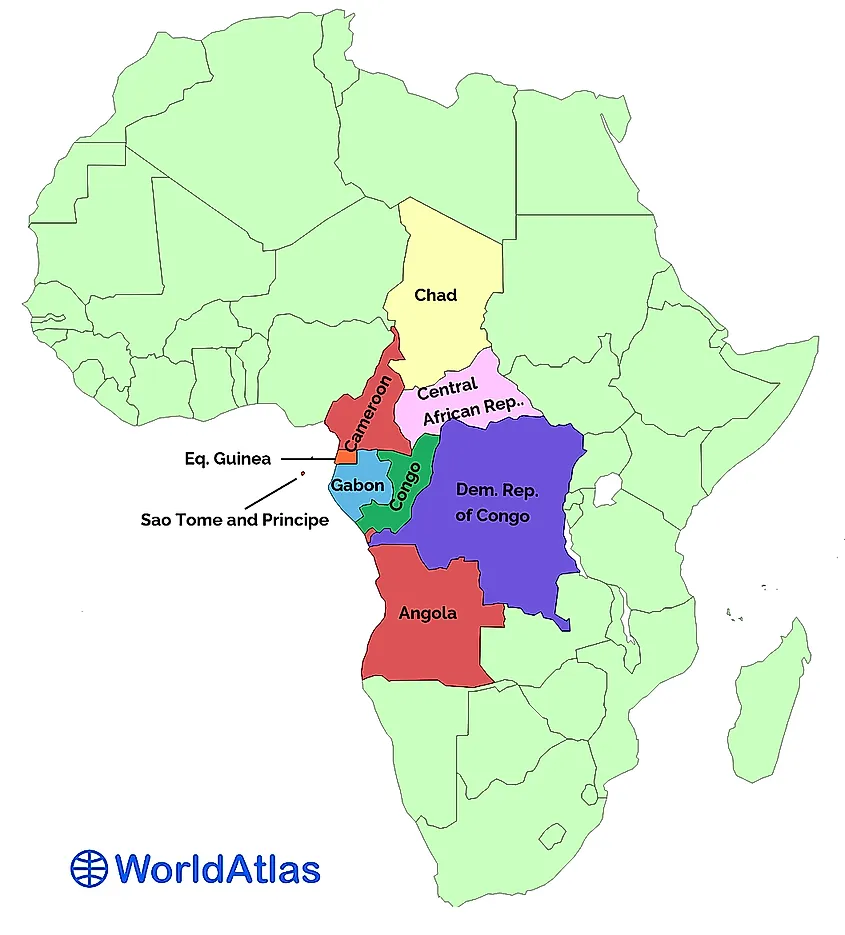
Middle Africa comprises the central part of the African continent. The subregion consists of 9 countries, of which the Democratic Republic of the Congo (DRC) is the largest, and the island country of Sao Tome and Principe the smallest. Middle Africa has the largest area of tropical rainforest on the continent. The rainforest area consists of the northern half of the DRC, as well as large parts of the Republic of Congo, Gabon, Equatorial Guinea, and a small part of the Central African Republic.
Middle Africa is also where the Congo River, the second longest river in all of Africa, is found. The river begins in an area close to the border between the DRC and the East African country of Zambia. From there, it flows north, through the DRC, then winds down to form the border between the DRC and the Republic of Congo. It finally drains into the Atlantic Ocean on the border between the DRC and Angola. Countries in Middle Africa also share some of Africa’s Great Lakes with East African countries, including Lake Albert, Lake Edward, Lake Kivu, Lake Tanganyika, and Lake Mweru.
East Africa
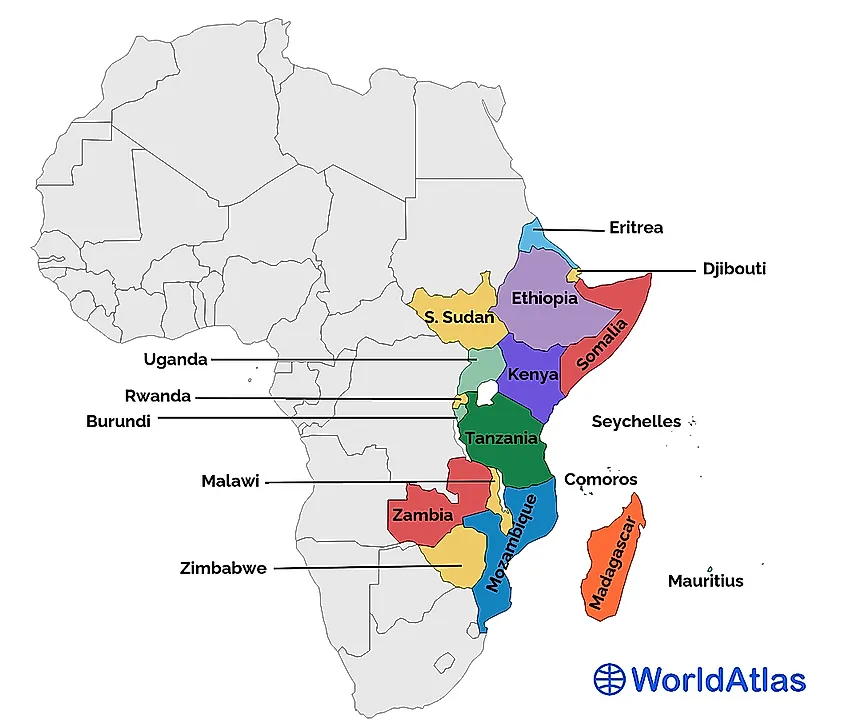
East Africa consists of 18 countries. The mountainous Horn of Africa, which includes the countries of Eritrea, Ethiopia, and Djibouti is the northernmost part of the subregion. To its north is the Gulf of Aden, across from which is the Arab country of Yemen, on the Arabian Peninsula. Both Eritrea and Djibouti are adjacent to the Bab al-Mandab Strait, which is a narrow waterway linking the Red Sea to the north and the Gulf of Aden to the south. Most of Eritrea’s coast borders the Red Sea. The rest of East Africa’s coastal countries face the Indian Ocean.
Africa’s portion of the Great Rift Valley, a large fissure in the Earth’s crust, flows mostly through East Africa. It extends from Djibouti, through Ethiopia, Kenya, and Tanzania, into northern Mozambique. East Africa also includes the largest of Africa’s Great Lakes, Lake Victoria, as well as other Great Lakes, including Lake Turkana, Lake Kyoga, Lake Rukwa, and Lake Malawi. Two tributaries of the Nile River, the longest river in Africa and second longest in the world, flow through East Africa. The Blue Nile flows from Lake Tana, in central Ethiopia, northwest to the Sudanese capital Khartoum. The White Nile flows from aforementioned Lake Victoria northwards through Uganda and South Sudan. It continues into Sudan and connects with the Blue Nile and the main Nile River in Khartoum. The Zambezi River, the fourth longest river in Africa, also flows through several countries in East Africa. It begins close to where the borders of the DRC, Zambia, and Angola meet. From there, it flows south through western Zambia, winding eastward to form Zimbabwe’s northern border with Zambia, then into Mozambique, where it drains into the Mozambique Channel.
Southern Africa
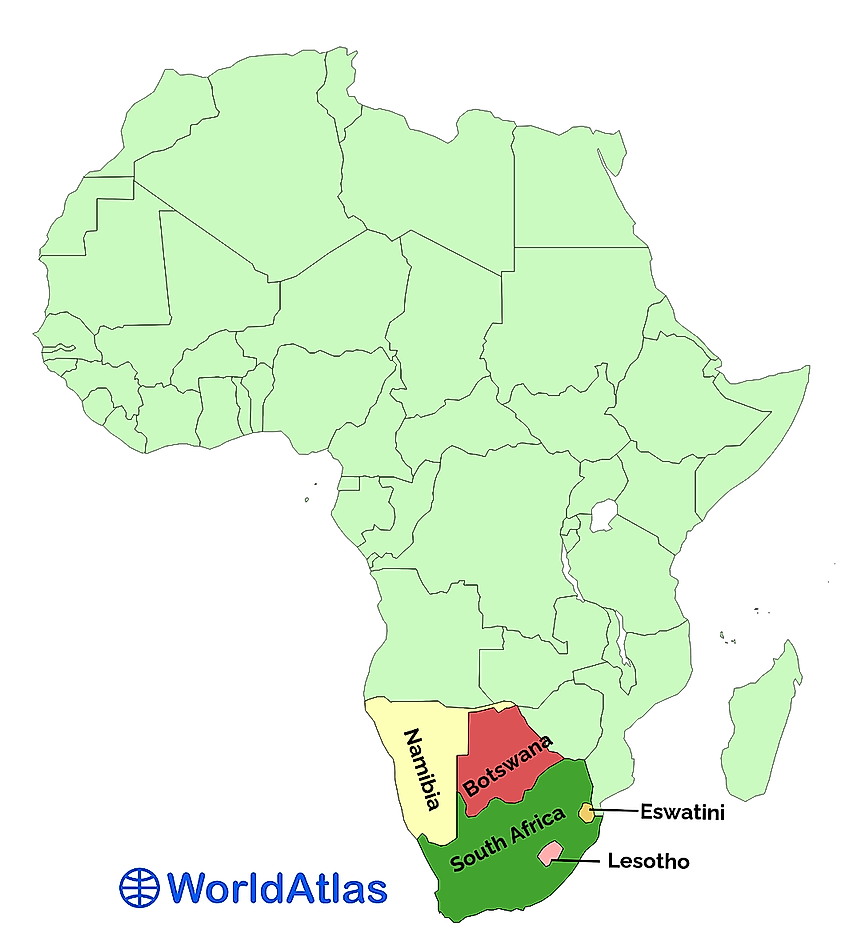
Southern Africa is the smallest of the Sub-Saharan African subregions. It consists of 5 countries, with South Africa being the largest and Eswatini being the smallest. Most of Namibia and Botswana are part of an arid lowland region called the Kalahari Basin, which also covers a large, northwestern part of South Africa. A large southwest portion of South Africa, straddling the Cape of Good Hope, where the Atlantic and Indian Oceans meet, is sometimes called the “Mediterranean” Coast, because its climate is similar to that which is found in countries bordering the Mediterranean Sea. The longest river in Southern Africa, and the fifth longest in Africa as a whole, is the Orange River. It begins in the small, landlocked country of Lesotho. From there, it flows west through South Africa, eventually forming the border between South Africa and Namibia, before draining into the Atlantic Ocean.
Demographics Of Sub-Saharan Africa
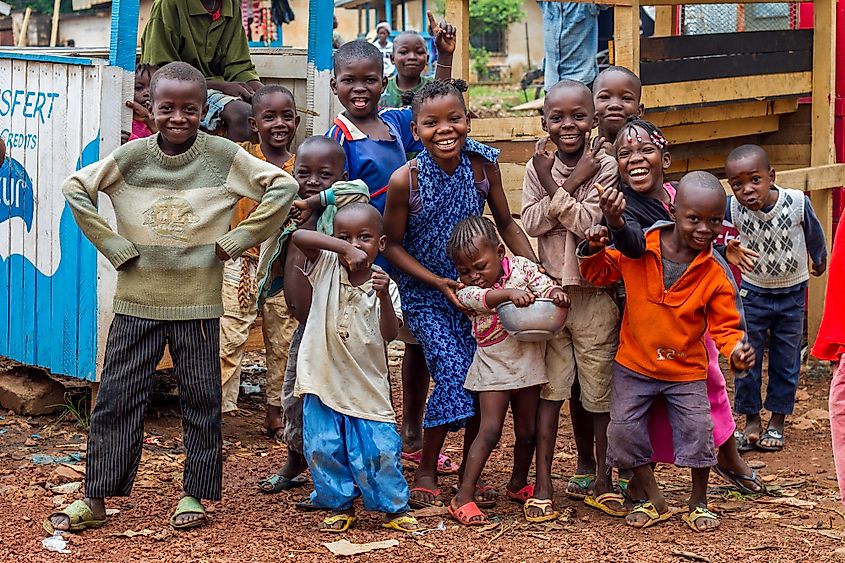
The total population of the countries in Sub-Saharan Africa is 1.119 billion. East Africa is the most populous subregion of Sub-Saharan Africa, with a population of 455 million. Southern Africa has the smallest population in Sub-Saharan Africa, with just 68 million people. The most populous country in Sub-Saharan Africa is West Africa’s Nigeria, which has a population of more than 206 million. The East African country of Ethiopia is the second most populous, as it is home to more than 114 million people. It is followed by the DRC in Middle Africa (est. 89 million), Tanzania in East Africa (est. 59.7 million), and South Africa in Southern Africa (est. 59.3 million).
The largest city in Sub-Saharan Africa is Lagos, located in Nigeria. It has a population of about 9 million. Kinshasa, the capital of the DRC, is the second largest, with an estimated population of 7.78 million. Abidjan, the capital of Cote D’Ivoire is third, with about 3.67 million. The fourth and fifth largest cities, Kano and Ibadan, are both located in Nigeria, and have populations of 3.62 million and 3.56 million respectively. Cape Town, with a population of about 3.43 million, is the largest city in Southern Africa, while Addis Ababa, the capital of Ethiopia, is the largest city in East Africa, hosting about 2.75 million people.
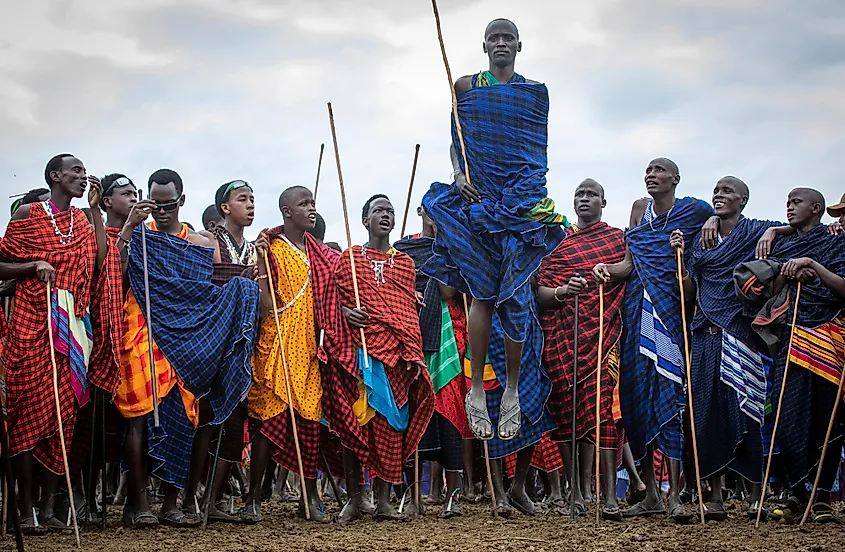
The Maasai people in Tanzania performing their ritual dance. Editorial credit: Katiekk / Shutterstock.com
There are a multitude of ethnic and linguistic groups in Sub-Saharan Africa. Most countries in Sub-Saharan Africa, however, have official languages taken from the European powers that colonized them. Thus, English is the official language in former British colonies, French is official in former French colonies, and so forth. Sub-Saharan Africa’s indigenous languages number in the thousands, but the most widely-spoken are Swahili, Amharic, Yoruba, Oromo, Hausa, Igbo, Zulu, and Shona.
Swahili is widely spoken in East Africa, including countries like Kenya, Tanzania, Uganda, Rwanda, and Burundi. Amharic is the official language of Ethiopia, and is the native language of the country’s Amhara ethnic group. Oromo is another important language in Ethiopia, spoken by the ethnic group of the same name. Yoruba is a major language in West Africa, and is spoken in Nigeria, Benin, and Togo. The Hausa language is also widely understood and spoken in several countries in West and Middle Africa, though most of its speakers live in northern Nigeria. Igbo is widely spoken in southwestern Nigeria. Zulu is the language of the Zulu people, one of the foremost ethnic groups in South Africa, and Shona is the language of the most prevalent ethnic group of the same name in the East African country of Zimbabwe.
